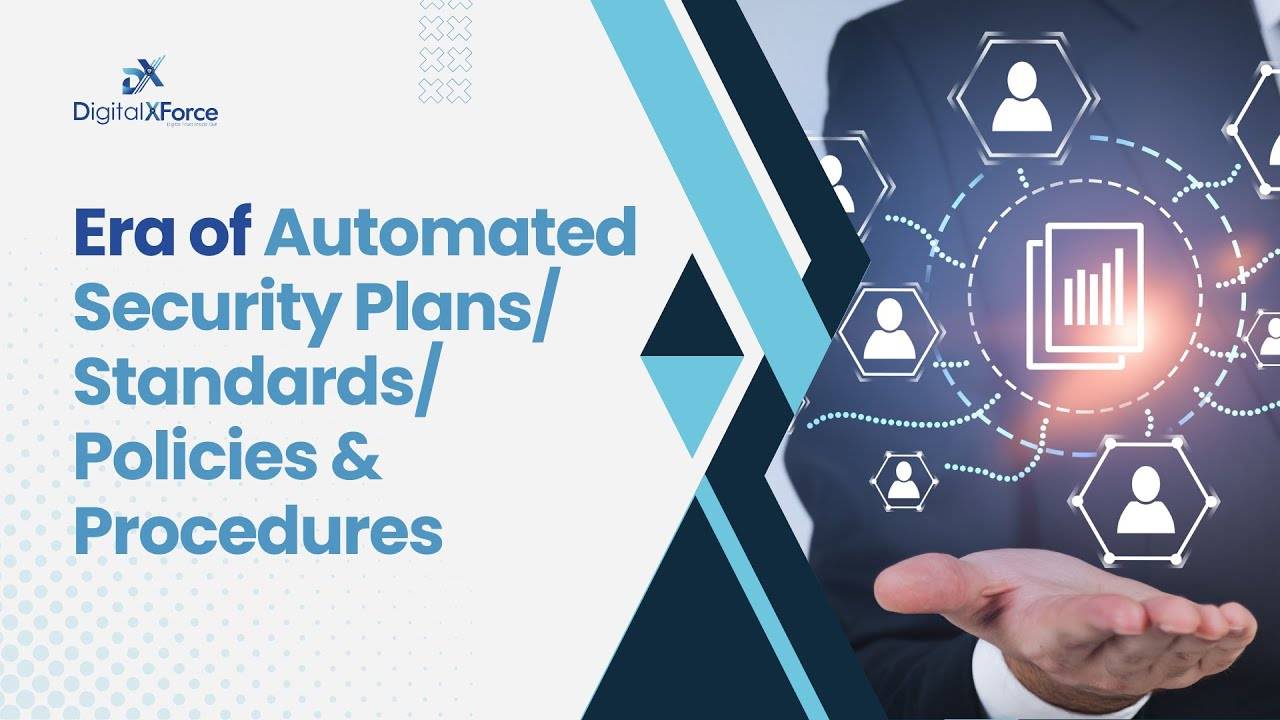Lalit Ahluwalia is committed to redefining the future of cybersecurity by helping large and small-scale businesses prioritize digital trust. Here, Lalit explores cloud systems, associated security flaws, plus the security implications of the vulnerabilities these flaws create.

In a rapidly evolving digital landscape, the reliance on cloud systems has grown significantly. These platforms facilitate seamless data access, storage, and collaboration, making your work and personal life more convenient than ever. But as you navigate the vast expanse of the cloud, it’s essential to be vigilant and informed about potential security flaws.
In this article, we will discuss critical security flaws in cloud systems, their implications, and strategies to protect your digital assets.
Understanding Cloud Systems and Its Vulnerabilities
Before we delve into the intricacies of cloud security, let’s ensure you have a clear understanding of the cloud itself. What’s a cloud system? The cloud, in this context, refers to remote servers where your data is stored and processed. It offers you the advantage of remote accessibility, scalability, and cost-efficiency. However, it’s not immune to vulnerabilities.
Let’s take a critical look at some of these vulnerabilities.
Data Breaches: Unauthorized access to your cloud data can lead to data breaches, which may expose sensitive information such as personal details, financial records, or intellectual property. These breaches can have severe consequences, both financially and in terms of your privacy.
Data Loss: While cloud providers have robust data backup systems, they are not infallible. In rare cases, data loss can occur due to technical glitches or other unforeseen circumstances. Without proper backups, you may lose valuable information.
Insider Threats: Security flaws can also manifest from within. Malicious or careless insiders with access to your cloud systems can compromise your data, intentionally or accidentally.
Compliance Risks: Different industries and regions have specific regulations governing data storage and security. A security lapse in your cloud systems can result in non-compliance, leading to legal complications and potential fines.
Navigating Critical Cloud Security Flaws
Now, let’s explore some of the most critical security flaws in cloud security and how to address them.
Weak Authentication
Flaw: Inadequate authentication methods can make your cloud accounts vulnerable to unauthorized access. Weak passwords or the absence of multi-factor authentication (MFA) can be exploited by cybercriminals.
Solution: Strengthen your authentication by using complex, unique passwords and enabling MFA. Regularly update your passwords and avoid using easily guessable information.
Insufficient Encryption
Flaw: Data transmitted between your devices and the cloud can be intercepted without proper encryption. Data at rest (stored data) should also be encrypted to protect against unauthorized access.
Solution: Ensure that your cloud service provider uses strong encryption protocols for data in transit and data at rest. Implement additional encryption for sensitive data stored in the cloud.
Lack of Regular Updates
Flaw: Failing to update your cloud systems and applications can leave them vulnerable to known security flaws. Cybercriminals actively target these weaknesses.
Solution: Keep your cloud systems and applications up to date. Configure automatic updates whenever possible, ensuring that the latest security patches are promptly applied.
Inadequate Access Control
Flaw: Overly permissive access control settings can lead to unauthorized access or data leaks. Granting extensive permissions to users who don’t require them is risky.
Solution: Restrict access to your cloud systems. Implement the principle of least privilege, ensuring that users only have the permissions necessary to perform their roles.
Data Backup and Recovery Gaps
Flaw: Relying solely on your cloud provider’s backup systems can leave you exposed to data loss if their systems fail.
Solution: Create additional backups of critical data to on-premises storage or a secondary cloud service. Establish a comprehensive data recovery plan to ensure you can quickly restore data in case of a mishap.
Intrusion Detection
Flaw: Failing to monitor your cloud environment can result in delayed detection of threats. By the time you discover an intrusion, the damage may already be done.
Solution: Implement intrusion detection systems that can alert you to unusual activities in real-time. Early detection allows for a swift response to mitigate potential damage.
Compliance and Security Audits
Flaw: Neglecting compliance and security audits can expose your cloud systems to regulatory violations and potential legal consequences.
Solution: Regularly conduct security audits and assessments to ensure that your cloud systems meet industry-specific compliance requirements. Address any identified issues promptly.
Developing a Security-Minded Culture
Beyond addressing specific security flaws, it’s important to foster a security-minded culture within your organization or among your team. Here’s how to go about it:
Employee Training
Educate your team about the importance of security and the actions they can take to protect your cloud systems. The more informed your team is, the stronger your defense against potential threats.
Regular Security Drills
Practice makes perfect. Conduct security drills to prepare your team for potential threats. These drills ensure that your team knows exactly what to do when faced with danger.
Incident Response Plan
Prepare for the worst by having a well-defined incident response plan. This plan outlines the steps to take when a security breach occurs, helping you minimize damage.
Continuous Improvement
Maintain a culture of constant improvement. Keep updating your security policies and practices to stay ahead of evolving threats.
Final Words
Your reliance on cloud systems is integral to your daily life and work. Safeguarding your cloud systems is not just a matter of convenience; it’s a fundamental aspect of preserving your digital assets, privacy, and reputation. By understanding the potential security flaws and implementing best practices, you can navigate the cloud with confidence and peace of mind.
Your cloud journey will be secure and resilient, allowing you to harness the benefits of cloud technology without unnecessary risks. Stay informed, be proactive, and take measures to protect your digital world. Your cloud systems are only as secure as you make them, so ensure they’re fortified against potential threats.
Related Articles
IoT APIs and Data Security: Are You Safe?
Traceable IDs To Revolutionize Cybersecurity In Web3-based Metaverse?

 Lalit Ahluwalia is committed to redefining the future of cybersecurity by helping large and small-scale businesses prioritize digital trust. Here, Lalit explores cloud systems, associated security flaws, plus the security implications of the vulnerabilities these flaws create.
Lalit Ahluwalia is committed to redefining the future of cybersecurity by helping large and small-scale businesses prioritize digital trust. Here, Lalit explores cloud systems, associated security flaws, plus the security implications of the vulnerabilities these flaws create. 

